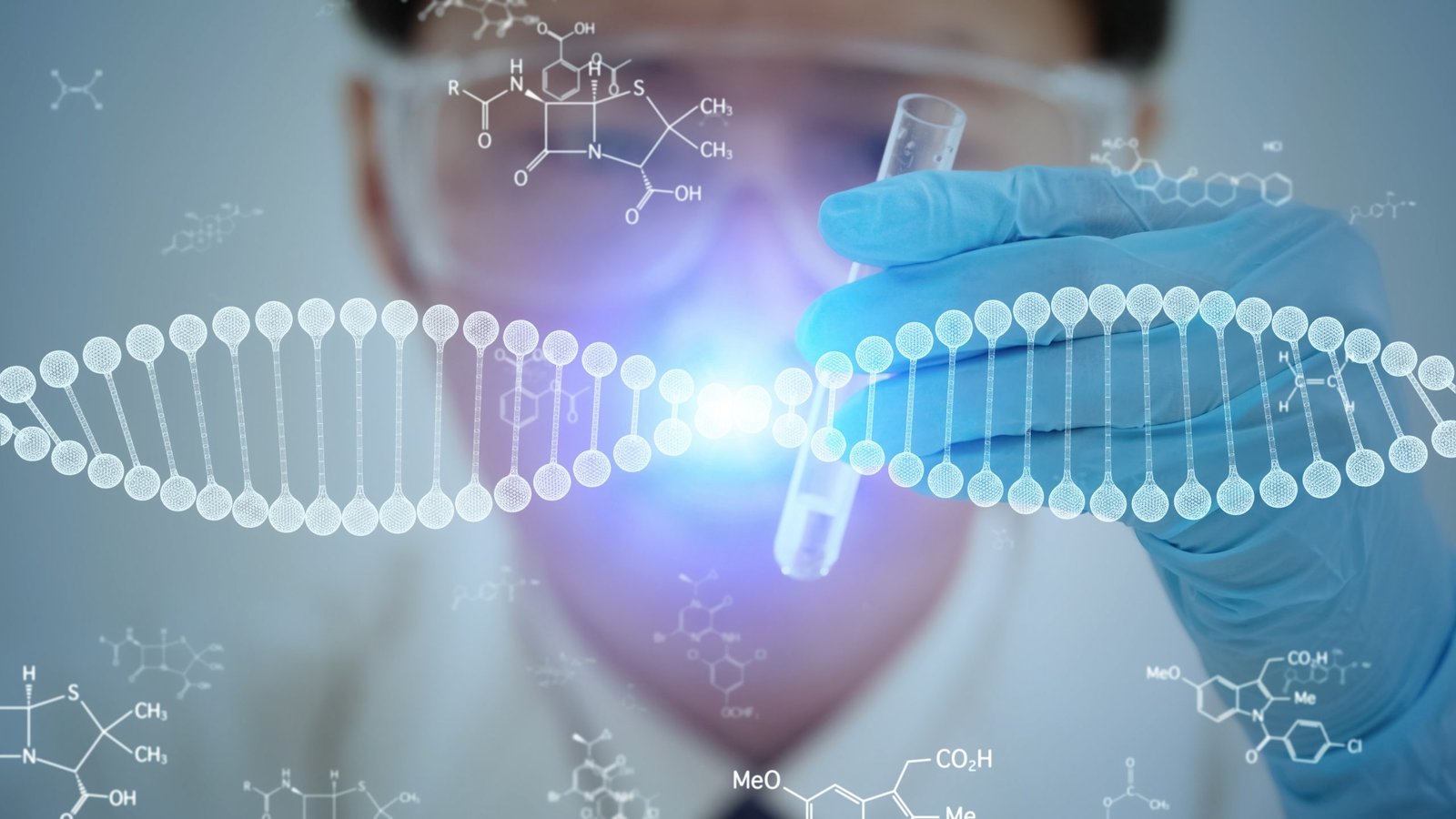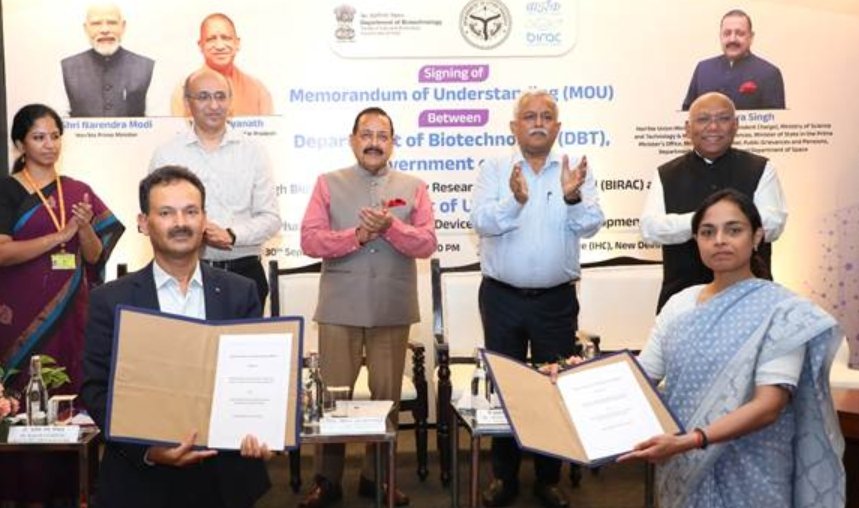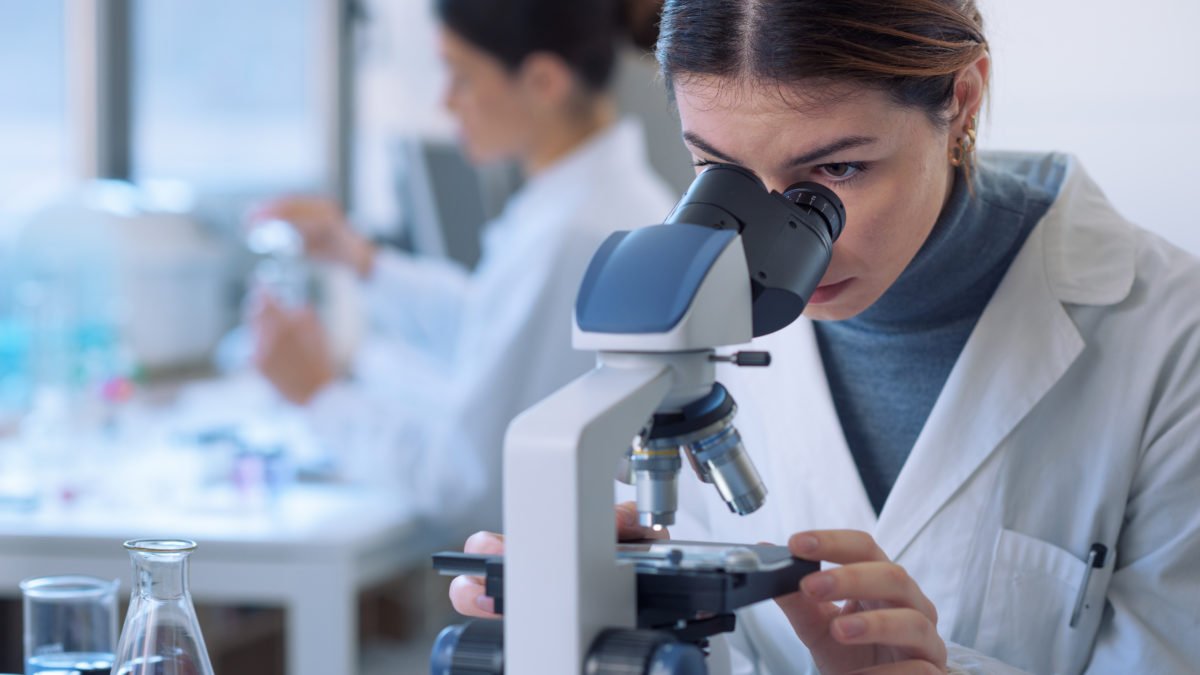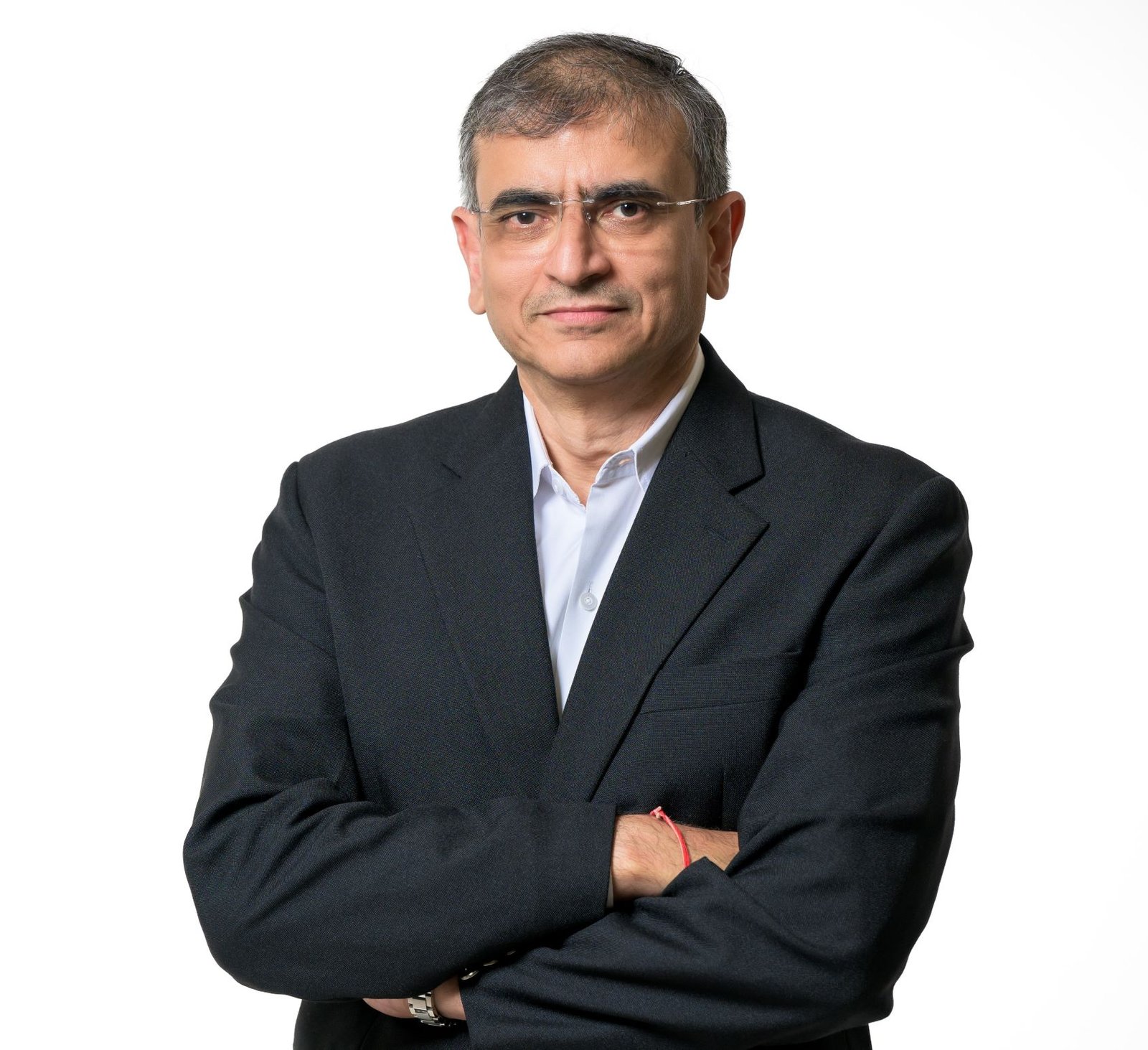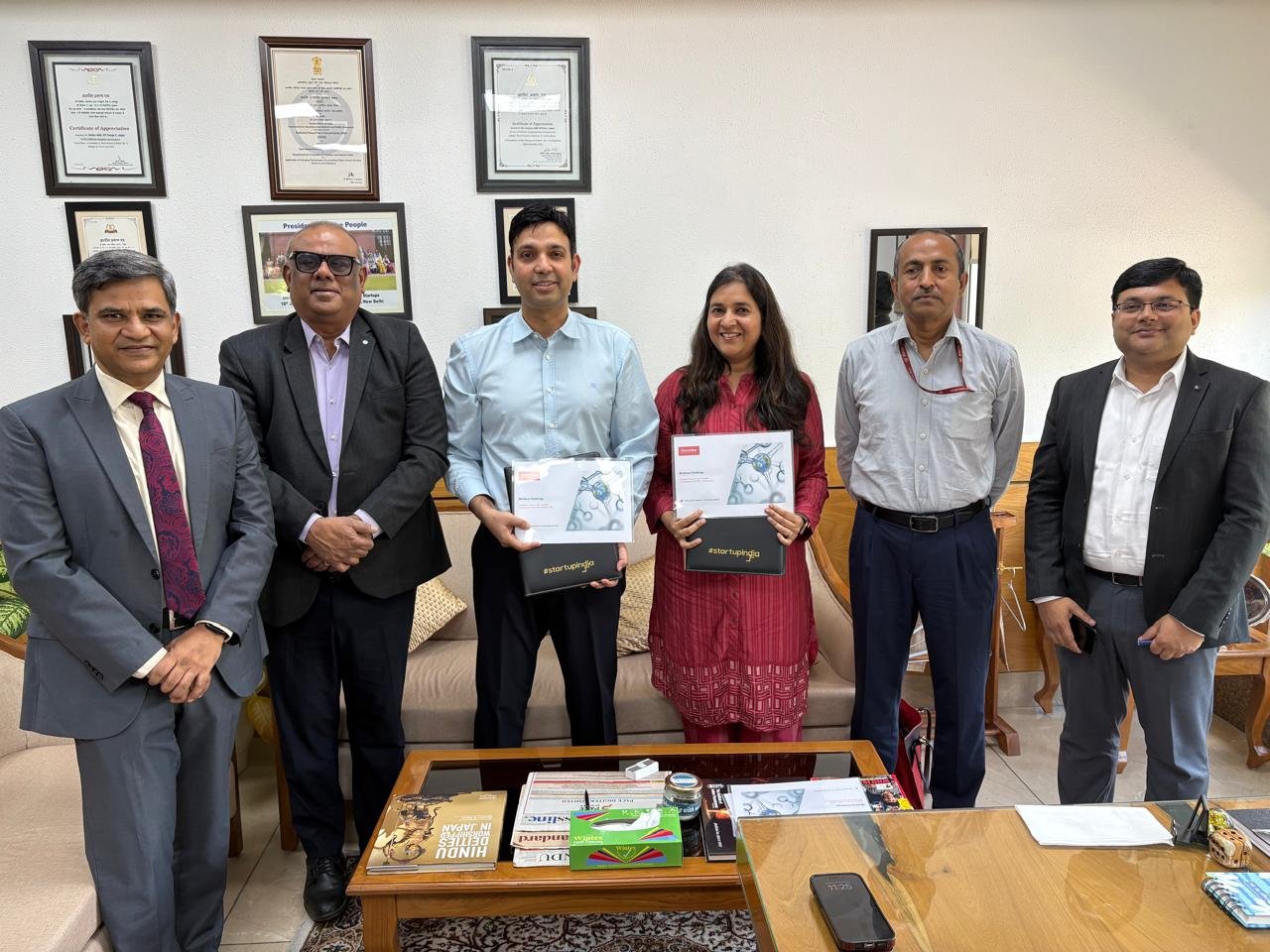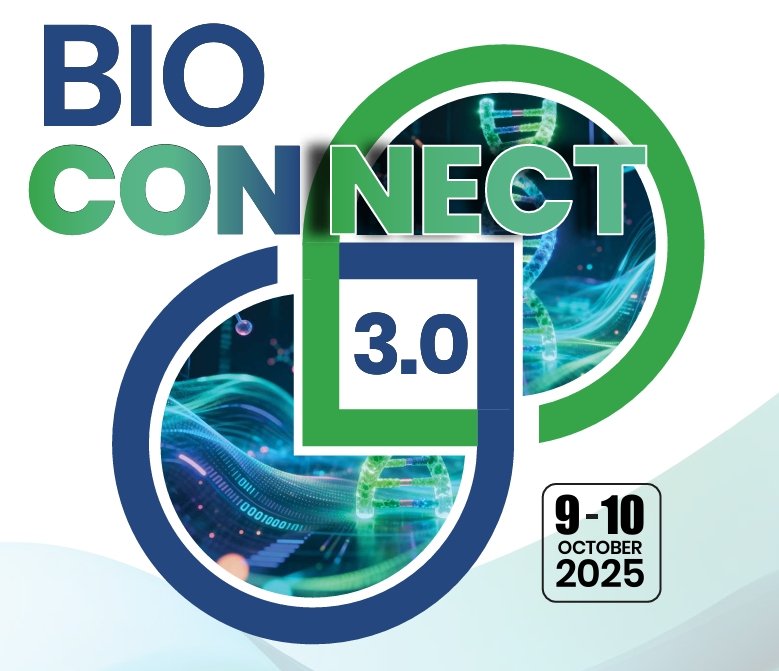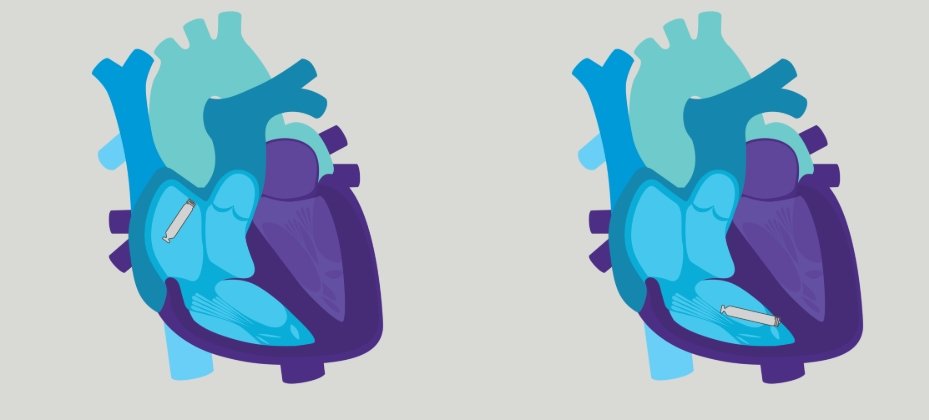How Do Recent Deaths Impact Gene Therapy Development?
August 31, 2025 | Sunday | Features | By Ayesha Siddiqui
Cell and gene therapy (CGT) is among the most closely watched areas in pharma and biotech. As of June 2024, 100 products have been approved globally, with 2,848 candidates in the pipeline ranging from preclinical to preregistration phases, according to Citeline. But recent patient deaths have put the sector under scrutiny, leading to trial pauses and raising questions about the safety of some widely used delivery technologies. Would these shake development efforts or dampen investor and regulatory confidence in the field? Let’s find out.
image credit- shutterstock
Cell and gene therapy, long hailed as one of the most promising frontiers in modern medicine, has offered hope of life-changing treatments for patients with rare and serious diseases.
The safety concerns began in March 2025, when Sarepta Therapeutics reported the first patient death linked to its approved Duchenne muscular dystrophy gene therapy, Elevidys. The non-ambulatory boy developed acute liver failure after receiving the treatment. In June 2025, a second non-ambulatory patient died following Elevidys treatment, prompting Sarepta to introduce a series of safety measures, including adding a black box warning to the product label.
In May 2025, Rocket Pharmaceuticals disclosed the death of a participant in a small trial of its gene therapy for Danon disease, a rare genetic condition that weakens the heart muscle and typically kills male patients in early adulthood.
In July 2025, Sarepta reported a third patient death, this one occurring in a trial for an experimental gene therapy targeting limb-girdle muscular dystrophy. Following these three consecutive fatalities, the US Food and Drug Administration (FDA) asked Sarepta to halt all US distribution of Elevidys, including for ambulatory patients, and put several of the company’s clinical trials on hold.
These developments have sent ripples through the field of cell and gene therapy, a space more often celebrated for historic regulatory approvals.
AAV on fire
It is worth noting that both these therapies used adeno-associated virus (AAV) vectors for gene delivery. Once considered the most reliable vehicle in the field, AAV technology has now come under scrutiny, with mounting concerns about immune-related side effects and liver toxicity. The FDA has also revoked Sarepta’s AAV gene delivery technology’s platform-therapy designation, which had previously sped up reviews of subsequent AAV-based therapies.
AAV vectors form a key part of gene therapy development. Two well-known therapies that use AAVs are Luxturna and Zolgensma. Luxturna, originally developed by Spark Therapeutics and later acquired by Roche, was approved by the FDA in 2017 to treat a rare inherited vision disorder, delivering a functional gene to affected cells. Zolgensma, developed by AveXis and now marketed by Novartis Gene Therapies, treats spinal muscular atrophy by providing a working copy of a defective gene and became the first FDA-approved gene therapy for SMA in 2019.
The technology is widely used because it typically induces little to no immune response. However, recent trial data have raised red flags. Some studies have reported excessive immune reactions in liver cells, leading to serious complications. A series of high-profile deaths has been linked to AAV based therapies, thirteen between 2021 and 2024 according to the Norn Group. The technology is now under fire, prompting several firms to rethink or discontinue their approaches.
In April 2025, Vertex Pharmaceuticals announced it would discontinue all internal research related to AAV gene therapies, marking a pivotal moment in the evolution of the gene therapy landscape. Pfizer paused trials of its AAV-based Duchenne therapy in 2024 over liver toxicity concerns and scaled back research in this area. In 2023, Takeda announced it was moving away from early-stage R&D work in AAV-based gene therapies.
What Experts’ Say
Cell and gene therapies are already grappling with several hurdles, from manufacturing challenges and high costs to potential financial implications. Recent reports of patient deaths in clinical trials have raised questions about whether these concerns could further dampen investor sentiment. While earlier incidents shook confidence, experts stress that the field’s fundamentals remain strong and that safety-focused innovation will be key to its progress.
“Certainly not,” said Dr Joyce Cheong, Doctor Wellness Pte Ltd (Singapore), when asked if these incidents could derail the field. She added, “Cell and gene therapies are often used for late-stage, no-option patients who are already physically very weak. Dosage is crucial to avoid cytotoxicity. Generally, the less artificially made the therapy, with fewer genetic modifications — the better tolerated it will be. Scientists today have introduced many cellular modifications the human body has never encountered, such as antibodies and gene edits. This is why I prefer a more holistic approach, using what the human body already has, such as gamma delta T effector cells, which are effective natural immune cells with minimal genetic modification. You are born with these immune cells.”
Dr Ivan Horak, Founder and CEO of Tikva Allocell, Singapore, echoes similar sentiments by saying “We are confident that researchers, regulators, and investors understand the enormous promise of gene and cell therapies for a wide variety of patients. As the field is still relatively new, it is difficult to extrapolate from gene therapy setbacks to cell therapies. Cell therapies continue to face challenges that have slowed adoption, such as affordability and availability, and chief among these challenges is developing treatments with improved efficacy and safety.”
Tikva is developing the next generation of ‘off-the-shelf’ T cell therapies using allogeneic Epstein–Barr Virus (EBV)-specific T cells (ALLO EBVST). The company believes these allogeneic virus-specific T cells (VSTs) can improve affordability, global availability, and cell persistence while reducing the risk of graft-versus-host disease (GvHD). Preclinical studies show that TAVST01 can safely target tumours, enabling multiple doses or combination therapies, with Tikva prioritising accessibility.
While AAV remains a gold standard for gene therapy delivery, researchers are now exploring safer alternative platforms. While these cases are unrelated to CAR T cell therapy, they have reinforced the broader need to anticipate and mitigate treatment-related risks early in development.
Current CAR T cell therapy trials primarily use modified alpha beta T cells derived from the patient and reinfused back into the same patient. “Because of their mechanism of action, various treatment-related complications including neurological issues, cytokine release syndrome, cytopenia, and infections may lead to mortality not related to cancer relapse,” Dr Joyce explained. “In contrast, gamma delta T cells function differently and may significantly reduce these risks. Advancements in gamma delta T cells could enhance cancer cell therapy development and boost confidence among investors and regulators when introduced in clinical trials.”
The global cell and gene therapy market is projected to grow from $ 8.94 billion in 2025 to $ 39.61 billion by 2034, according to Precedence Research. Seen as a key growth engine for the pharmaceutical and biotech sectors, the field holds promise for addressing rare and life-threatening diseases with limited treatment options. How it navigates recent safety concerns will play a critical role in shaping investment, regulatory confidence, and the pace of future approvals.
Ayesha Siddiqui


